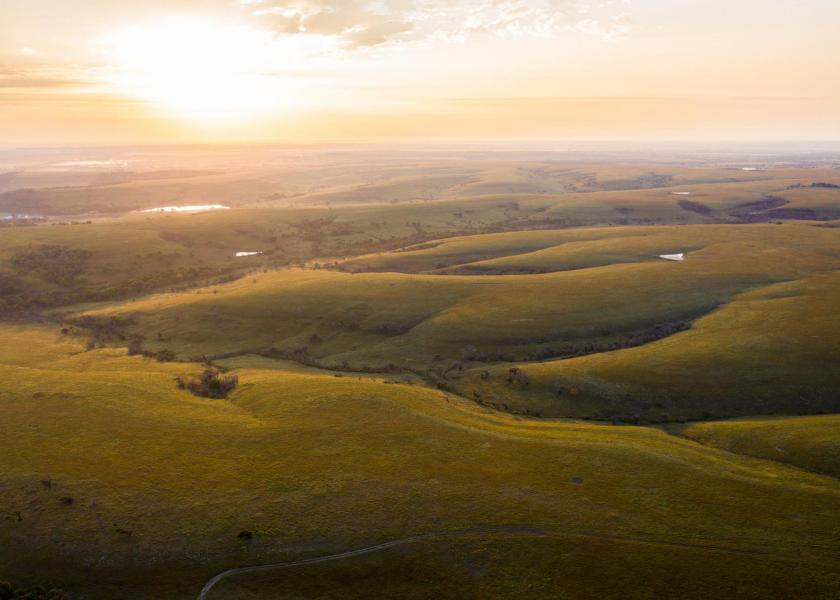4 Trends Shaping Your Farm’s Future

The world is transforming as the COVID-19 pandemic advances technology and cultural shifts in how business is done.

Agriculture is ripe for these transitions. In fact, it’s behind the curve compared to other industries that have already adopted them. Take some time to consider how these trends will affect your day-to-day business in the years ahead:
1. The digital revolution means agriculture will see a real evolution in the way accounts payable and accounts receivable are handled in the supply chain. Too many U.S. farmers still make payments and invoices with manual, dated methods, using snail mail, checks and even cash. That will change. The world has moved into the realm of automation, artificial intelligence and cloud-based systems. That, in turn, affects how we buy and sell products and services. Accounting systems between customer and vendor are now linked, allowing systems to talk to each other. Businesses today also are paying in cryptocurrency, or digital money, such as Bitcoin. That, too, may be part of agriculture’s future.
2. We’ll see less focus on data and more emphasis on information. Agriculture is filled with massive amounts of data captured from across operations. But what’s rare is useful information actually gleaned from that data that can be pulled together for greater clarity, added insights and better decisions. Going forward, the emphasis will be on obtaining good information to analyze the direct impact of input costs, crop yields and other key metrics. In the area of carbon credits, for example, comprehensive information about cover crops, no-till or other methods will be necessary for documenting and verifying your practices. Information about what went into producing your crop, including chemical applications, will be essential for supply-chain traceability. The key will be understanding and applying that information.
3. Alternative business structures and ownership will become more common and accepted. Old-timers prided themselves on doing it all alone and becoming sole owners. But the world has become too complicated for that. There is a growing willingness to explore collaboration to achieve success. Keep your mind open to the value of partnerships, joint ventures and start-ups. Or maybe a future business structure isn’t a partnership but a venture that brings additional income through royalties or asset diversification.
4. There will be greater emphasis on reducing head counts. The pandemic not only intensified the difficulty of finding adequate labor in rural America. It also refocused people’s desire to achieve a better life/work balance. There’s a different work ethic in the labor force too. These developments compound the existing trend of people continuing to move away from rural America to more urban areas. Combined, these happenings should drive agriculture to look harder at cutting employee numbers. That may mean it’s time to consider a robotic milker for your dairy or mechanized harvesters for specialized crops.
Yes, there is risk in adopting what’s new or different. But staying put cannot be an option for long-term profitability. Challenge yourself to explore these trends and how to make them work for the future of your farm.
Read More
Your 2022 Risk Management Game Plan
Foresight for 2022: Watch These 4 Megatrends
How High Can Farmland Prices Go?
The Future of Agricultural Lending







